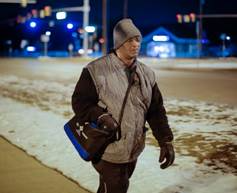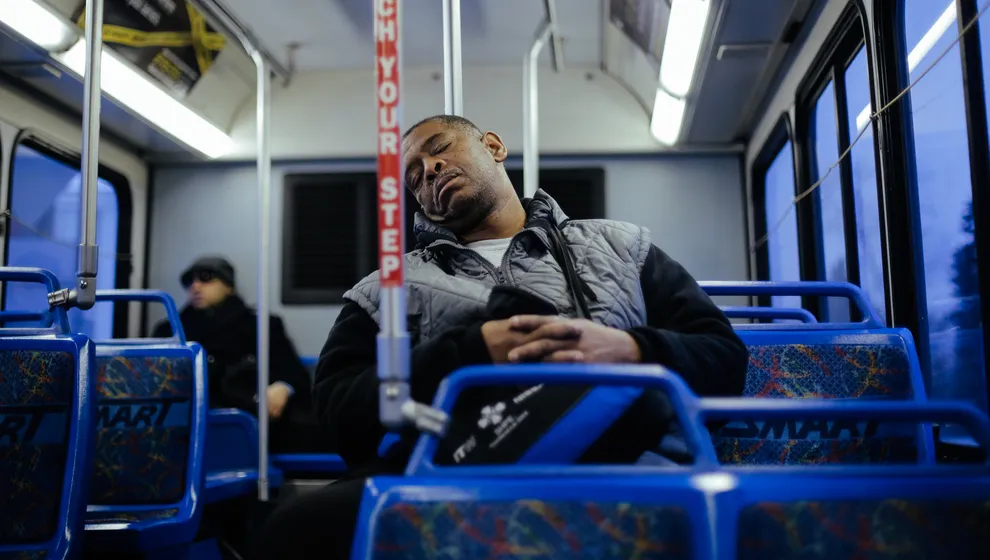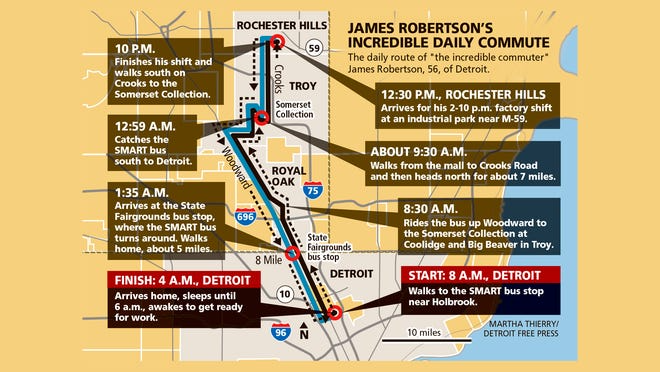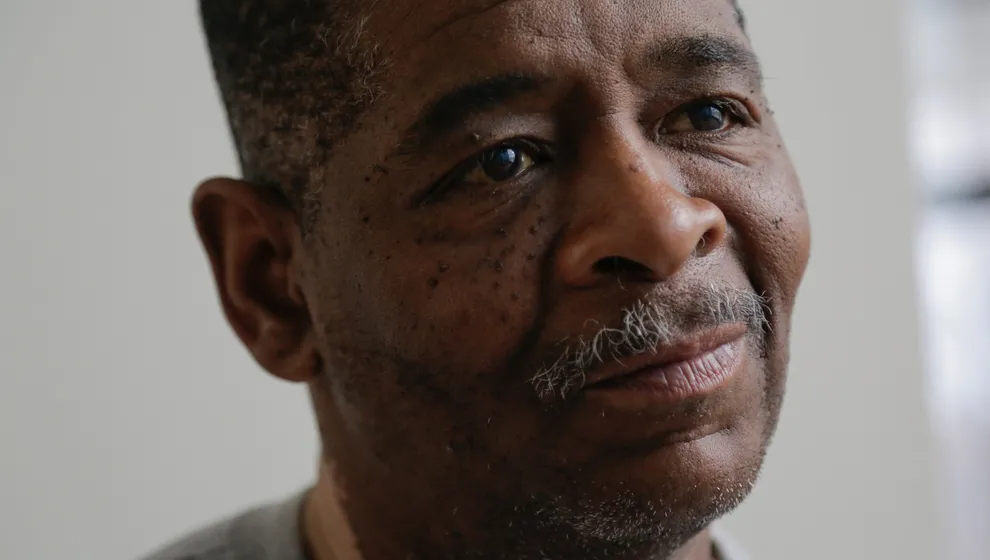From One Man's Journey to Reform: A Decade After the Walking Man
Good evening, everyone:
Following on our inspiring and wonderfully affirming conversation with Cecilia this morning, I thought this might be a good night not to focus on 100 Executive Orders, President Biden’s regrets on leaving office, or the threat of renewed Santa Anna winds in Los Angeles and San Diego. But instead, a story of inspiration.
Ten years ago, the Detroit Free Press ran a story that cast in bright relief the profound inadequacies – indeed, the inequitable cruelties – of the absence of comprehensive and effective mass transit in Southeast Michigan. Written by Bill Laytner, the story – which went viral almost immediately – chronicled the super-human efforts of a Detroiter named James Robertson to travel daily the 23 miles from his home in the city to his job at Schain Mold & Engineering in Rochester Hills.
The astounding part was that although he took a bus part-way, he walked an unimaginable 21 miles each day – a result of his 1988 Honda Accord dying a decade previous . . . the then-restrictions of the suburban SMART bus system in traveling into Detroit . . . and the opt-out patchwork of cities in which buses were then not permitted (that changed a few years ago when Oakland County Executive David Coulter and Oakland County Commissioner Dave Woodward led a comprehensive reform of the regional transit system). His total travel time was four hours each way.

.
The story reported that Mr. Robertson had not once – in the previous 10 years – regardless of weather or other life intrusions –been late for his $10.55/hour hourly job.

Ten years in, Mr. Robertson received a lift, literally, when a UBS executive named Blake Pollock noticed him walking along Crooks Road after his shift – which didn’t end until 10:00 p.m. – and offered him a ride home. From then on, Pollock watched for him and when he saw him, gave him a ride – particularly during the colder months.
It was a story of unimaginable dedication and mental and physical strength. But it also reflected, as Laytner wrote, “the challenges some metro Detroiters face in getting to work in a region of limited bus service, and where car ownership is priced beyond the reach of many.” That was quite an understatement.

Here is Laitner’s chart of the journey:

The Walking Man story hit all the national news outlets. And by personalizing the issue of regional transit, it fueld the ongoing efforts of Kresge, the Regional Transit Authority, and – eventually – leaders like Coulter and Woodward to usher in comprehensive transit reform. As Laytner wrote in a follow-up piece last week:
Since then, the transit choices for metro Detroiters changed dramatically . . . News media coverage about Robertson’s marathon walks to work may have helped nudge the region toward funding better transit, especially the many new bus routes being added in Oakland County and those coming soon to western Wayne County.
Laytner last week provided an update on Mr. Robertson. As a result of the story, Mr. Roberson received a new car (a red Ford Taurus, a gift from Suburban Ford in Sterling Heights), moved to a new home (in Troy), and received financial help from friends and strangers (through a GoFundMe campaign). He now drives to work.

We’re still not where we should be in building out a comprehensive, equitable, and effective regional transit system. But Mr. Robertson helped move us a step closer.
Rip